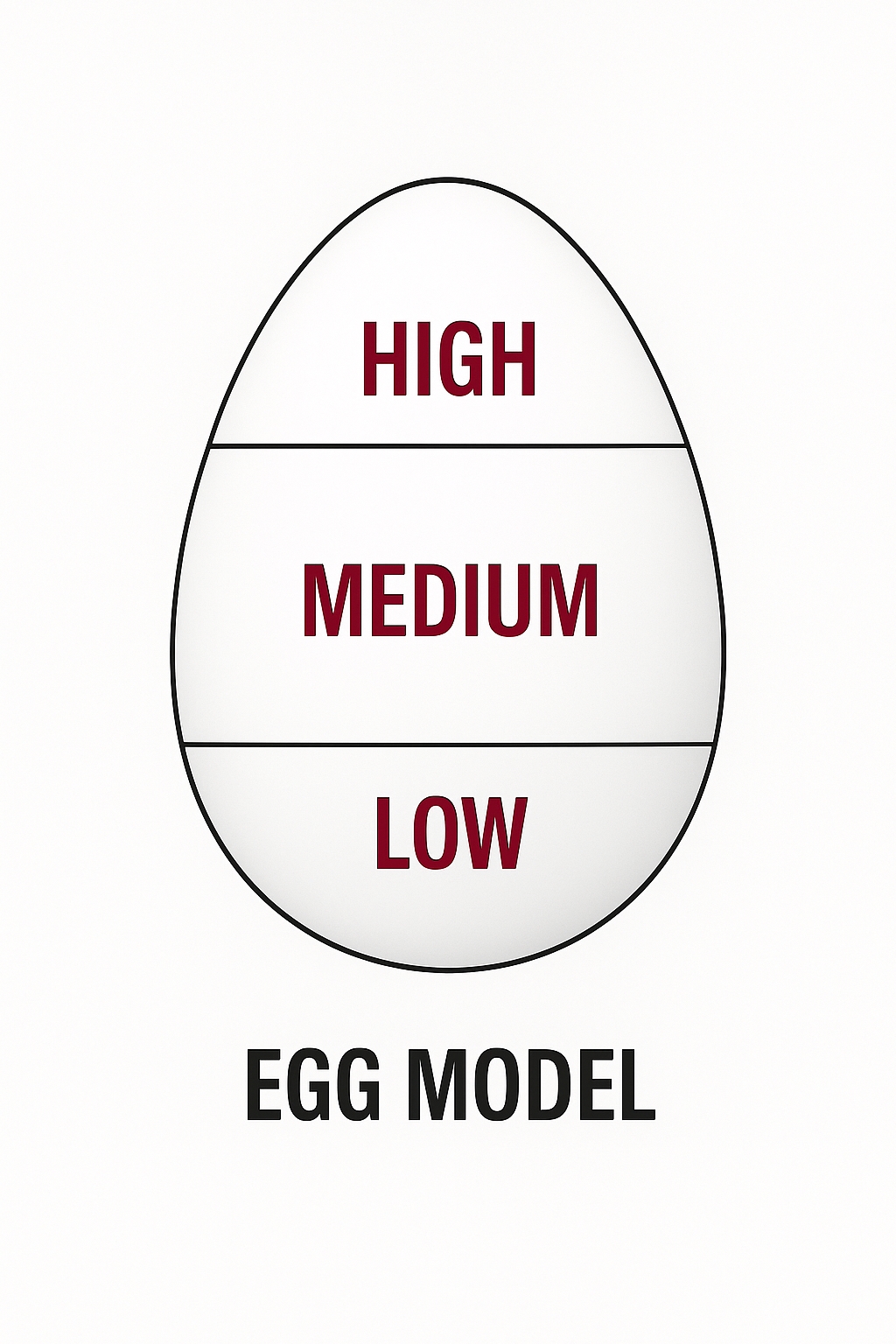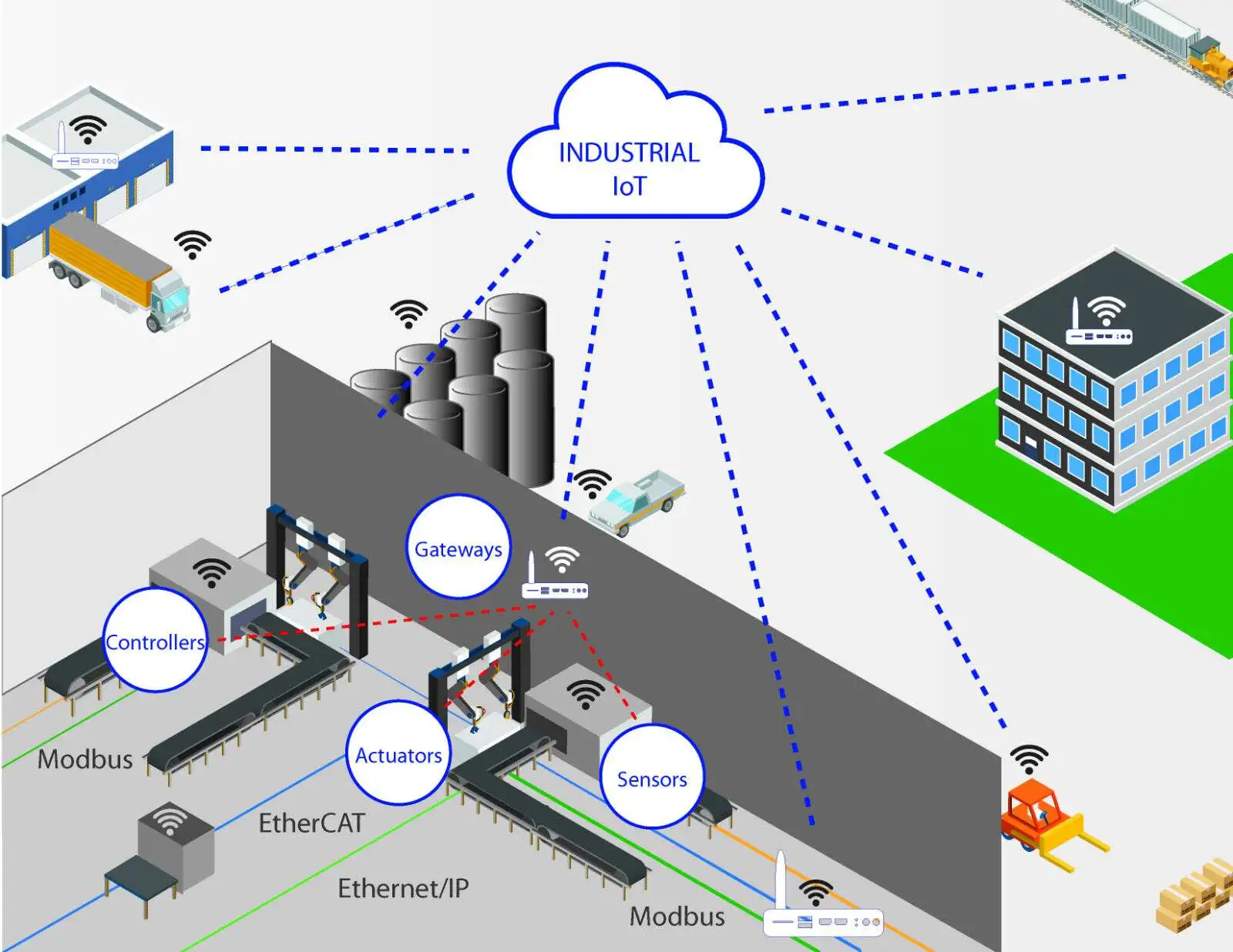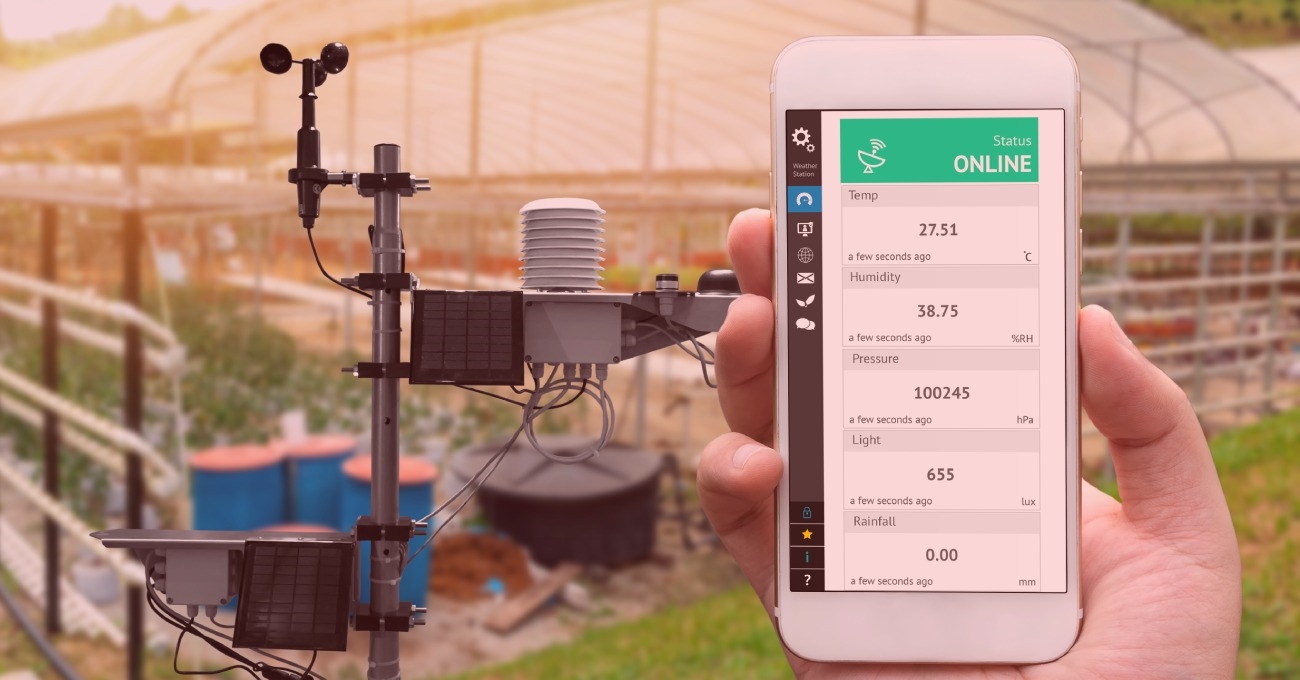The Internet of Things (IoT) connects devices, sensors, and systems to enable data-driven applications. This article explores the IoT ecosystem's technical architecture and key wireless protocols supporting diverse use cases.
IoT Ecosystem Overview
The IoT ecosystem is a heterogeneous network integrating cloud, edge, and device layers. The cloud layer retrieves and processes data from sensors, gateways, and local devices, which store varying amounts of information.
Cloud Computing
The cloud layer is central to the IoT ecosystem, storing large datasets and enabling decision-making by integrating data from various components. It enhances security, availability, scalability, and performance. For example, smart home systems rely on cloud computing to process data from sensors and connected devices, facilitating automated decisions.
Edge Computing
Edge computing processes and stores data at the source, such as sensors or gateways, reducing reliance on the cloud. This approach minimizes latency, conserves bandwidth, and enhances privacy by limiting data transmission. Edge computing is critical for real-time applications or environments with limited power or connectivity, such as remote IoT deployments.
IoT Architecture Components
IoT platforms consist of interconnected layers enabling data collection, transmission, and application. These layers include:
Sensors and Actuators
Sensors and actuators measure environmental factors like temperature, humidity, or vibration. In smart homes, devices like thermostats use embedded communication units to connect to local networks, converting physical measurements into electrical signals for system control.
IoT Gateways
Gateways bridge local networks and the internet, relaying data from sensors and actuators. They use protocols like Bluetooth, BLE, Wi-Fi, Zigbee, LoRaWAN, Thread, or cellular to upload data and form mesh networks for efficient data distribution and device responses.
Cloud-Based IoT Platforms
Cloud platforms store and process data from gateways or data centers, enabling intelligent operations and decision-making. These platforms support scalable analytics and integration with end-user applications.
Applications
IoT applications deliver data insights to users via smartphones, tablets, or computers. They provide interfaces for monitoring and controlling IoT systems, often in real time, enhancing user interaction and system functionality.
Key IoT Wireless Protocols
Wireless protocols form the backbone of IoT systems, connecting devices to networks and applications. These standards define data formats, encoding, addressing, and routing. The IoT ecosystem supports diverse protocols for short-range, local, and wide-area networks, each suited to specific ranges and functions.
- IEEE 802.15.4: A standard for low-rate wireless personal area networks, enabling low-cost, low-speed communication for power-constrained devices. It underpins protocols like Zigbee, which supports low-power mesh networks for smart homes and utilities.
- Wi-Fi (IEEE 802.11): Provides high-speed wireless LAN connectivity for indoor and outdoor applications, widely used in IoT for robust data transfer.
- Bluetooth: An open standard for short-range (8-10 meters) data transfer, ideal for audio streaming and device connectivity in automotive and consumer electronics.
- Bluetooth Low Energy (BLE): A low-power variant of Bluetooth, suited for IoT devices like smart lighting, often powered by coin-cell batteries.
- Thread: A secure, low-power mesh networking protocol based on IPv6, designed for IoT products like smart home devices.
- LoRa: A low-power wide-area network protocol for long-range communication, ideal for agricultural and industrial sensor networks.
- Cellular (e.g., 5G, NB-IoT): Supports high-speed, long-range IoT applications like smart parking and industrial automation.
- Matter: A standard for interoperable smart home ecosystems, ensuring secure and reliable device interactions across radio, cloud, and application layers.
These protocols enable controlled data exchange, allowing IoT devices to communicate, troubleshoot, and request assistance autonomously. They are critical to the functionality and scalability of IoT systems.
 ALLPCB
ALLPCB







